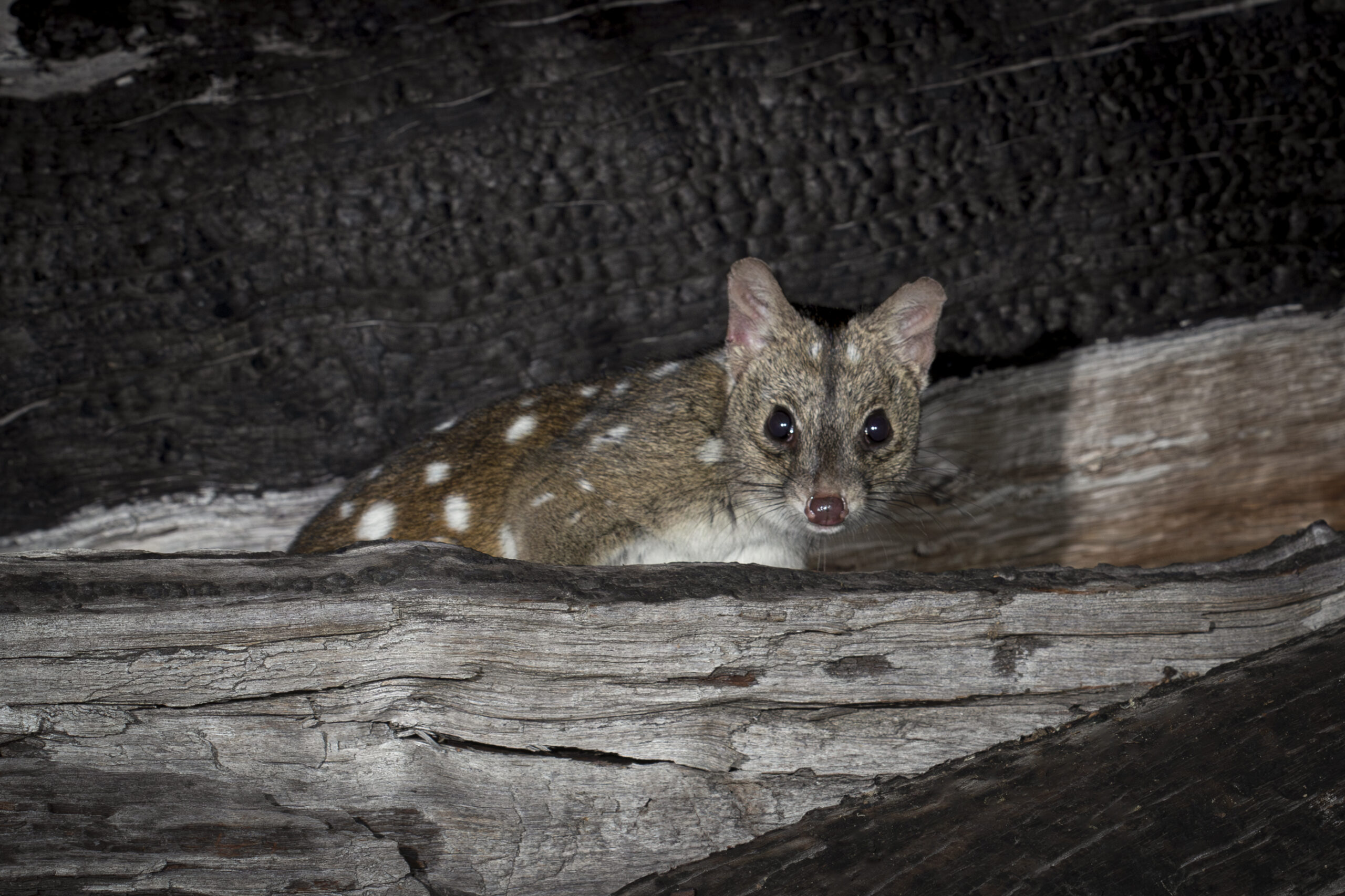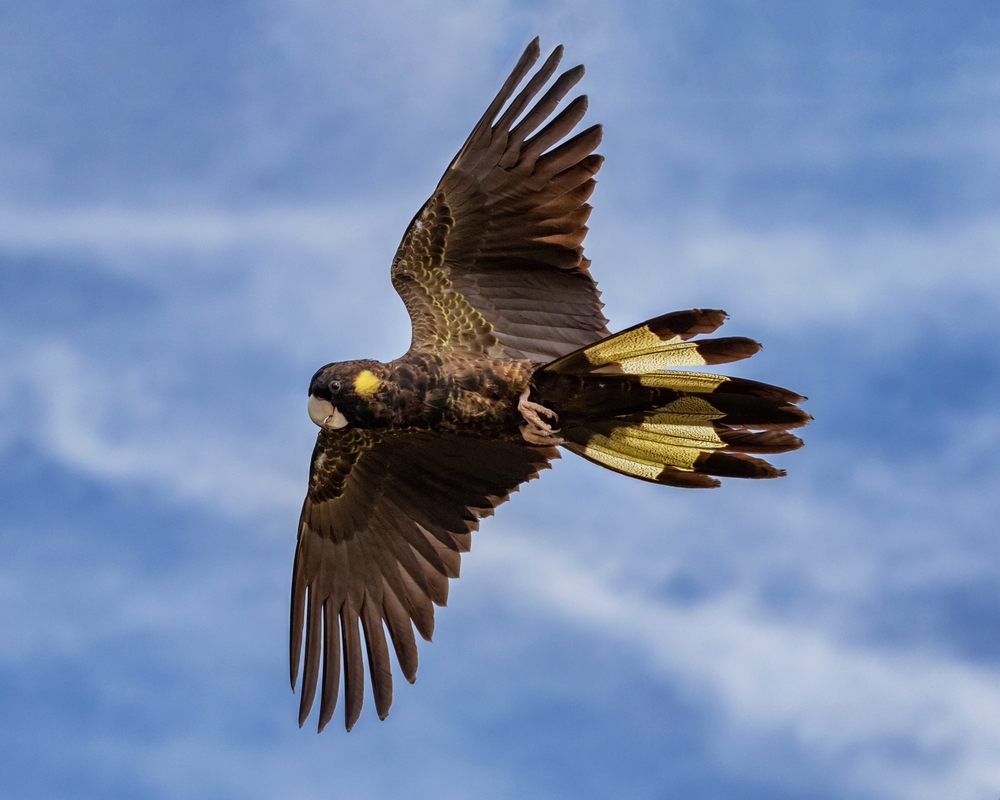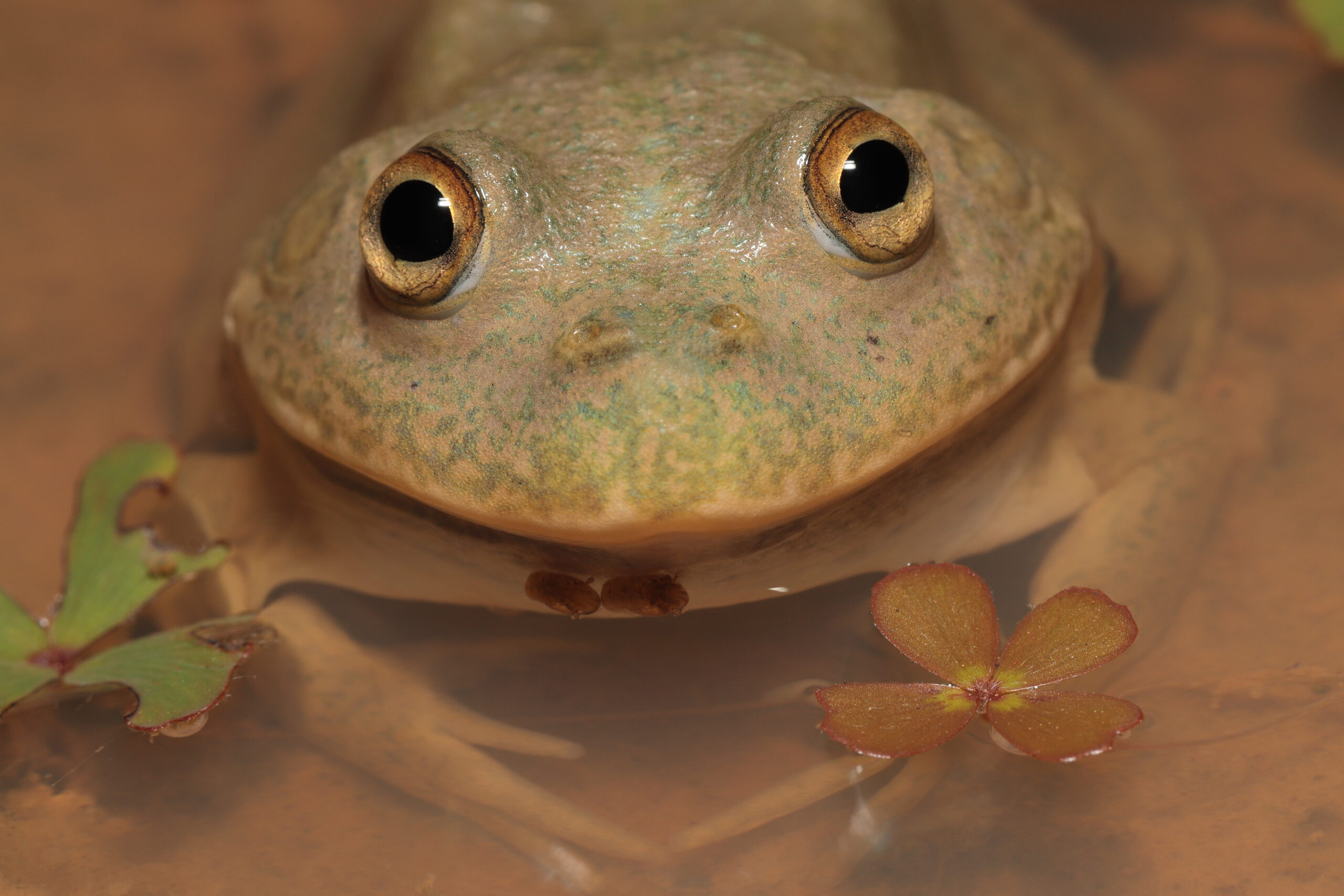| Common name | Southern cassowary |
| Scientific name | Casuarius casuarius johnsoni |
| Type | Bird |
| Diet | Mostly fallen rainforest fruit, but will also scavenge on snails, fungi, and mammal carcasses |
| Average lifespan | 30 years, but individuals have survived almost twice as long in captivity |
| Size | Up to 2m tall, and a weight of 55kg for males and 76kg for female |
Yes, it’s true: this huge rainforest-dwelling, fruit-eating bird can kill you, if you get in its way at the wrong time of year.
However, although it’s certainly regarded as the “world’s most dangerous bird” by the Guinness World Records and there have been reports from many people of close encounters with aggressive cassowaries, there’s only been one documented human death caused by these birds in Australia.
That dates to 1926, when a 16-year-old boy had his jugular vein severed by the kick of a bird near Mossman, in Queensland, that he’d reportedly been attacking with dogs. In the US in 2019 an elderly man died from injuries inflicted by a cassowary that he kept on his Florida property.
Along with its size, what makes a cassowary so formidable are its muscular legs, the 10cm-long daggerlike talons on the middle toe of each of its feet, and its ability to leap as high as 1.5m into the air.
There are three species of cassowary, and this – Casuarius casuarius johnsonii – is the largest, and the only one found in Australia. It’s also the world’s second largest flightless bird species by weight after Africa’s ostrich. Australia’s emu is taller than the southern cassowary but weighs less.
In Australia, cassowaries are found only in Queensland’s Wet Tropics and Cape York Peninsula. They’re solitary birds as adults, outside of breeding, which occurs in winter to early spring – usually June–September. Females can mate with several males during a breeding season and then produce several nests, each with as many as five eggs.
It’s then the males that will incubate the eggs alone, tend to the nests and raise the chicks for up to nine months after they hatch. A male during the breeding or nesting season can be very aggressive and highly protective of its
eggs or offspring. If you come across a cassowary in a rainforest, remain calm and quiet and slowly back away.
As the largest native animal in Australian rainforests – and with long glossy black feathers arranged like a cape, a mostly blue face, fleshy red wattles hanging from its neck, and a 17cm tall helmet-like crest on its head – it’s impossible to confuse a cassowary with any other bird.
The crest, which is known as a casque, is made of keratin, the same protein in our fingernails. Its purpose is not exactly clear, but it’s been suggested that it may protect the head as a cassowary runs through the forest, which it can do at 50kmph. It’s also been hypothesised that the casque could be used as a weapon; for digging for good or knocking fruit from trees; possibly function as a resonating chamber to enhance its calls; or simply be a sexual ornament that’s attractive to mates.
The southern cassowary has suffered extensively from the clearing, degradation and fragmentation of rainforest habitat and is now endangered. This has wider implications for the specie’s forest home because these birds are crucial in spreading the seeds of rainforest plants. One study found that they eat the fruits of at least 75 different types of plants.
Other serious threats to the species include domestic dog attacks and accidents with motor vehicles.









